For the purpose of this series we will start with the fastest growing of the present methods of power generation and renewable energy representing over 60,000 wind turbines generating over 109,919 MW of power. Windpower usage has more than tripled within the past decade and makes up over 42% of all renewable energy and approaching 9% of total US electrical generation. In 2019, Windpower exceeded coal in total electrical energy produced.
A utility scale wind energy site will have at least 10 wind turbines of at least 1 Megawatt (MW) and may have well over 100 wind turbines generating power, although there are still a few utility scale sites with turbines under 1 MW. There are several challenges involved in siting and operating towers including an area that has consistent wind speed that will allow full power generation to a high degree of availability. This normally means that the wind sites are located away from large populations and buildings, have flat land or ridges, where there is limited turbulence and interference. Presently, the largest land-based towers in North America are, or will soon be, up to 5 MW with the common output power ranging from 480 V to 690 V, depending on the manufacturer, with one design being rated at 12.4 kV. The other challenge is a projected life of 40 years in which many have significant faults within the first 20 years.
From a reliability standpoint, the generating plant is the site. This means that the loss of a turbine, or several, does not shut down the plant, but the loss of fuel, in this case wind, will take the plant off-line. We will discuss some of the storage methods later in the series, however, the application of energy storage methods from batteries to flywheel and pump storage.
The wind site, itself, has specific reliability issues. In this article, we will discuss the wind turbines themselves. A majority of utility scale wind turbines are similar in structure to Figure 1. There is a base, tower and nacelle with the nacelle consisting of blades, main shaft, gearbox, and generator. Controls and any electronics and transformers may be located either in the nacelle or at the base of the tower.
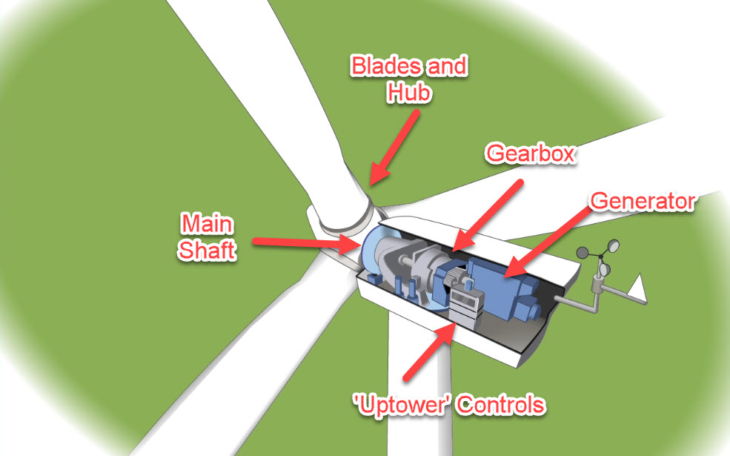
Figure 1: Wind Turbine Nacelle
Since the number of towers being raised accelerated in the mid-2000s, there are a variety of reliability and component failure problems occurring and being addressed by the industry. In the USA, NREL (National Renewable Energy Laboratory, US DOE) has been maintaining data on failure rates and reliability which are as accurate as the data provided by the manufacturers and owners. AWEA (American Wind Energy Association) also has data on failure information and is working on methods to provide additional information. Based on the information available, the main components are of concern due to the ability to either repair uptower in the nacelle or have to schedule a crane and repair. The general failure rates of the tower are as found in Figure 2.
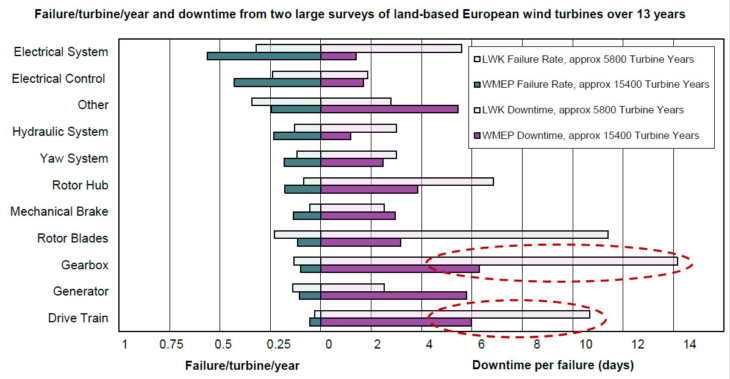
Figure 2: Failure Rates by Component or System (Ref. National Renewable Energy Laboratory, US DOE)
Due to Federal investment into renewable energy and Windpower, a significant amount of data associated with reliability of wind turbines and sites have been available through Sandia National Labs, including specialized databases. The result is information such as Figure 2 and Figure 3.
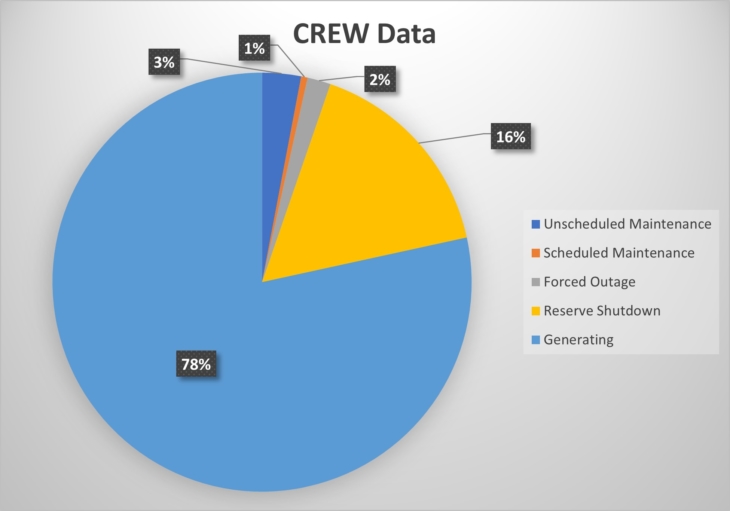
Figure 3: Availability and causes of unavailability (Source: Sandia National Labs CREW database)
Areas of specific study related to tower reliability include the gearbox, blades, generator and main shaft and bearings. Of particular interest since the mid-2000s through to the present were concerns about the gearbox failure rate. When a gearbox fails it must be removed and replaced, same as with the blades, generator and main shaft which require a crane and a minimum of several days to replace once a crane is available.
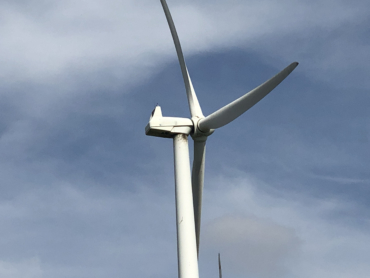
Figure 4: Limit switch and pitch failure resulting in one blade rotating out of position (backwards)
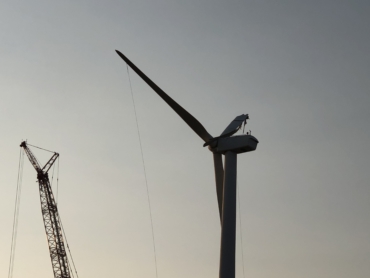
Figure 5: Blade fatigue failure
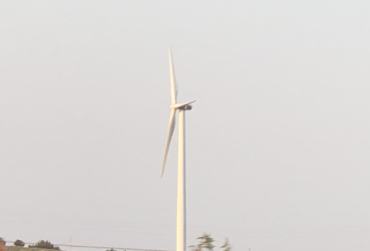
Figure 6: nacelle fire damage
In a sampling of 3,165 wind turbine failures from 2005 to 2015 (Figure 7) for the generator it was found that bearings and stator wedges were the top failure modes followed by the rotor, collector rings, stator and rotor leads. Bearings in the generator, gearbox and main shaft are primarily effected by lubrication and electrical discharges. Within the gearbox, gear and bearing failures have been predominant.
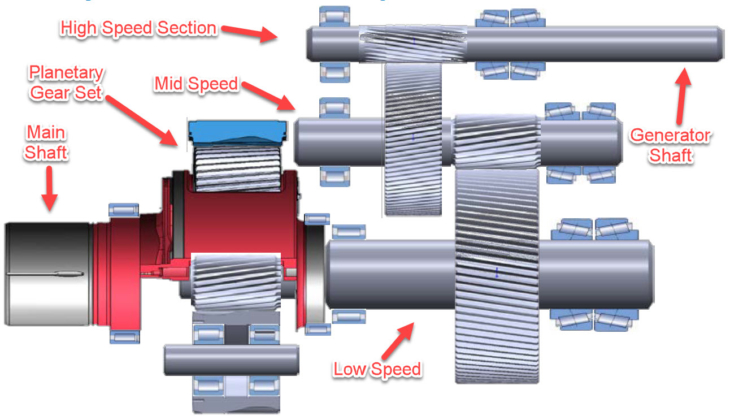
Figure 7: typical wind turbine gearbox (NREL)
The generators, themselves, see specific types of failures, in general. The fundamental difference between a wind turbine and these failures versus a ground-mounted generator of a similar size has to do with its operation. Following an in-depth investigation from 2013-2015 the cause of stator and some of the bearing and rotor failures were published (Ref. “Why Wind Generators Die Young and How to Make them Work Longer,” Penrose, April, 2015 Windpower Magazine; and, “Insulation System Reliability in Wind Generation,” Penrose, June, 2015, IEEE Electrical Insulation Conference). Some of the key issues that were identified included:
- Operating conditions: the machines are operated automatically and designed to put out as much power as available by wind when not curtailed. In low wind conditions a generator may come on and off-line multiple times an hour up to and including from a stop, let alone energizing and de-energizing. This can cause thermal cycling which wears away the insulation and components, in addition to inrush. The generators are surrounded by ambient versus the ground acting as a heat synch.
- Design conditions: with the reach towards getting more out of less, some manufacturers offer ‘repowering’ options that can include modifications to software and controls, modifications to components within the nacelle, and other options that will increase the output of the generator.
- Manufacturing and Re-Manufacturing: defects through the manufacturing or repair process, which was part of the discovery in the research projects.
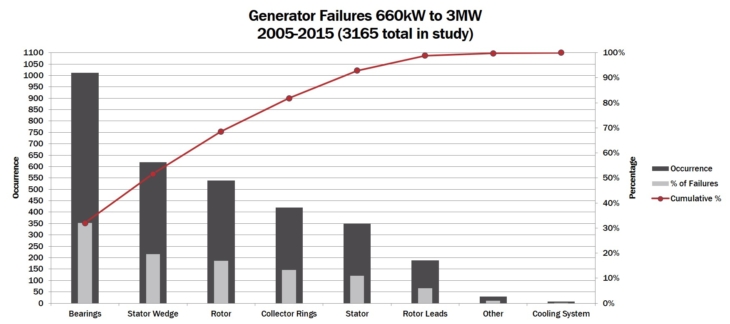
Figure 8: Generator failure types by volume (Alewine and Penrose, AWEA 2020)
The wind turbine and tower is a relatively complex system, in itself, let alone the wind plant, which we will cover in the next article. The evaluation of the massive amount of data from windpower is part of the reason why large companies initially invested in ‘Big Data,’ as well as remote sensing, and some of the new predictive maintenance methodologies. Overall, the reliability and maintenance industries owe the windpower industry for much of the research that went into these technologies that allow us to use cloud-based, AI, and ML tools for monitoring our systems. These range from remote electrical signature analysis to vibration analysis, and from automatic lubrication systems to oil analysis remote monitoring systems. We also learn, very quickly, the capabilities of these technologies through the number of towers that experience unplanned failures.
Organizations such as AWEA (American Wind Energy Association) and CanWEA have reliability working groups that work on specific issues with the reliability of the towers. These range from guidelines and guidebooks to other tools and meetings with OEMs and Federal agencies to discuss conditions with components, powertrain, and sites. Overall, the reliability of windpower has been increasing at a rapid pace to a point where wind generation has the lowest maintenance costs per MWh of any power generation type. In this article we have discussed the tower through controls, next we will discuss the site including some of the issues that required resolution from transformers to splices up to the connection with the grid.













